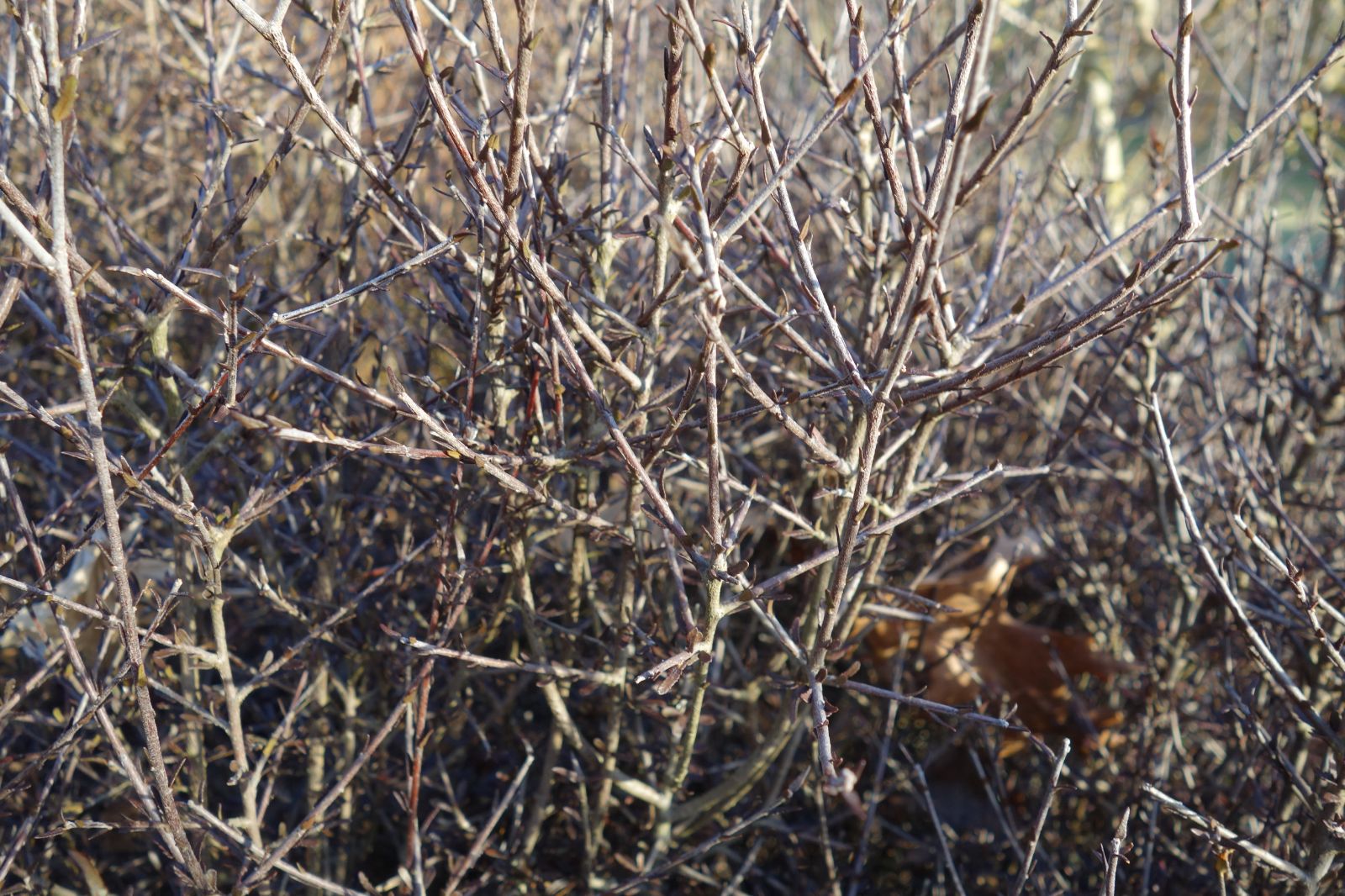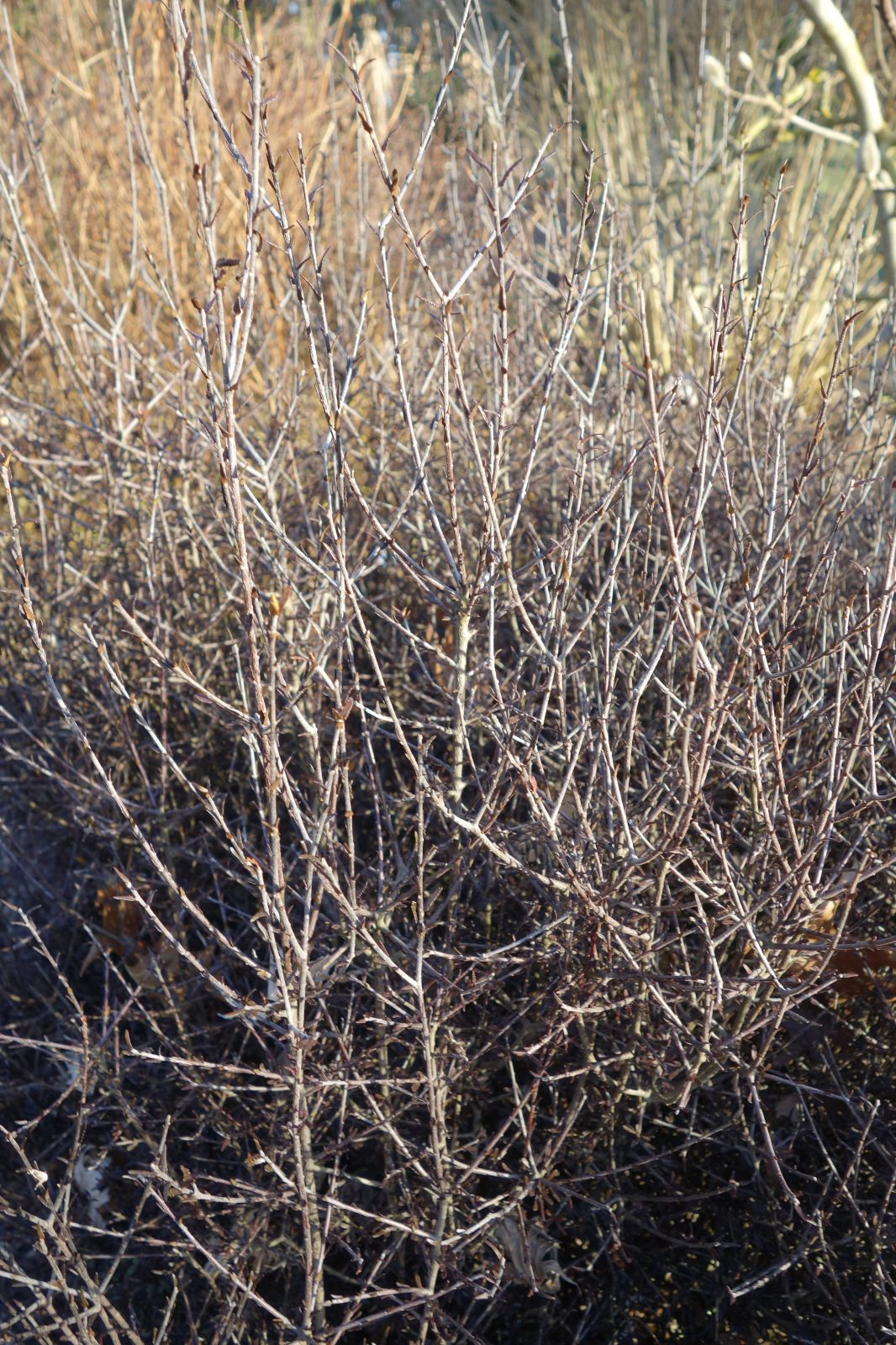Pittosporum divaricatum
Credits
Article from Bean's Trees and Shrubs Hardy in the British Isles
Recommended citation
'Pittosporum divaricatum' from the website Trees and Shrubs Online (treesandshrubsonline.
Genus
Other taxa in genus
- Pittosporum adaphniphylloides
- Pittosporum bicolor
- Pittosporum brevicalyx
- Pittosporum buchananii
- Pittosporum colensoi
- Pittosporum cornifolium
- Pittosporum crassifolium
- Pittosporum dallii
- Pittosporum daphniphylloides
- Pittosporum eugenioides
- Pittosporum glabratum
- Pittosporum huttonianum
- Pittosporum patulum
- Pittosporum phillyreoides
- Pittosporum revolutum
- Pittosporum rigidum
- Pittosporum tenuifolium
- Pittosporum tobira
- Pittosporum undulatum
A usually low, densely branched, evergreen shrub rarely more than a few feet high in Britain, but said to be up to 12 ft high in the wild, with the stiff, downy young twigs much divided, tortuous, and interlaced. Leaves glabrous and variously shaped; on young plants linear to obovate, 1⁄2 to 3⁄4 in. long, 1⁄8 in. wide, pinnately lobed or merely toothed, on mature plants 1⁄4 to 3⁄4 in. long, linear-obovate, oblong or ovate, variously toothed or not at all; dark green and of leathery texture. Flowers small, 1⁄6 in. long, solitary, produced at the top of the twig; petals deep maroon, almost black, narrowly spoon-shaped. Seed-vessels nearly globose, 1⁄4 in. wide.
Native of the North and South Islands of New Zealand. This is a curious shrub of little beauty, with a growth suggesting that of Corokia cotoneaster. It flowers in December in New Zealand and I have seen it blossoming in the Vicarage garden at Bitton, Gloucestershire, in May. It was grown there as “P. rigidum”, a species under which it was included by Hooker in his Flora of New Zealand. The true P. rigidum (q.v.) differs from the present species in the branches not interlacing and in the flowers being nearly always axillary.


